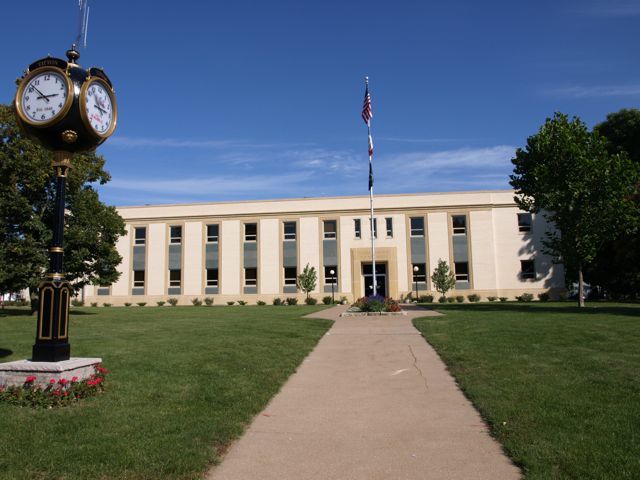Since the founding of our communities, organizations, businesses and citizens have stepped forward to build and serve their community. Click on any of the logos below to learn about those who made this website possible! If you would like to learn about becoming a sponsor CLICK HERE!

- County: Cedar County, IA
- Region: Southeast IA
- Sponsors
- About West Branch, IA
- Businesses
- Community Organizations
- Faith Organizations
- Festivals and Events
- Points of Interest
- Veterans
- Visit Website
Learn how to Contribute to any of the above categories.
No news yet. Got some news? Hit that NEW POST button!
About West Branch, IA
West Branch was laid out in 1869 by Joseph Steer. It was incorporated in 1875.
The city was first settled chiefly by Quakers from Ohio. Its name is derived from the meeting place of the West Branch Quakers, and the location of the city on the west branch of the Wapsinonoc Creek. Most of Main Street is part of the West Branch Commercial Historic District.
Before the American Civil War, areas in and around West Branch were stops of the Underground Railroad. Abolitionist John Brown once stayed at the Maxson farm east of West Branch. He also stayed at James Townsend’s inn, the Traveler’s Rest, in the winter of 1856. In 2008, archaeologists found evidence of unmarked graves in nearby North Liberty Cemetery while investigating an account of 17 escaped slaves who died before reaching Canada.
West Branch experienced rapid growth after the Burlington, Cedar Rapids and Northern Railway was built through it.
President Herbert Hoover was born in West Branch in 1874. The Herbert Hoover Presidential Library-Museum was dedicated here by Hoover and his close friend, President Harry Truman, in 1962. The Herbert Hoover National Historic Site, which includes the Library-Museum, the Hoover Birthplace Cottage and the gravesites of President and Lou Henry Hoover, was authorized by Congress on August 12, 1965
Born in a two-room cottage, Herbert Hoover could have been any small town boy. Orphaned at age nine, he left West Branch, never to live here again. The landscape and buildings of the early years remain, however, to tell how family, faith, education, and hard work opened a world of opportunity— even the presidency of the United States— to a child of simple beginnings.
Values learned in his hometown of rural West Branch guided Herbert Hoover throughout his life of service to the nation and the world. President Hoover’s birthplace and the park’s other historic features symbolize American ideals as Herbert Hoover saw them and lived them.
Businesses of West Branch, IA
The businesses of our towns are truly the lifeblood of each community, click on any businesses below to learn about them, to learn how to add your business to your town and county page CLICK HERE!
Cedar County, IA
Visit our county page and you will find information about our town and county's points of interest, festivals/events and faith community. You also will learn about the community organizations that have built and continue to build strong communities (chambers, community groups, and departments, etc) and much more when you visit the Cedar County, IA page.










